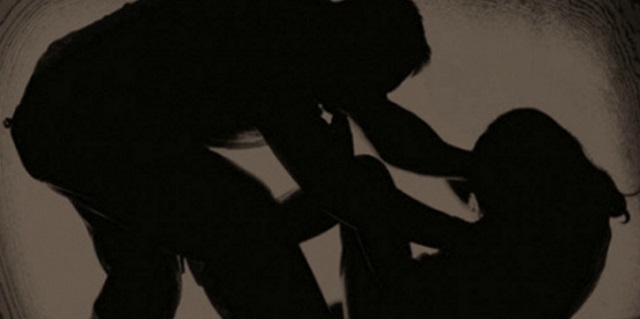
Kampala, Uganda | THE INDEPENDENT | One in eight women alive today experienced rape or sexual assault before the age of 18, according to new estimates released by UNICEF.
The first-ever global and regional estimates on sexual violence against children published ahead of the International Day of the Girl marked on the 11th of October every year reveal the scale of the violation worldwide, especially for adolescent girls, often with lifelong implications.
When ‘non-contact’ forms of sexual violence, such as online or verbal abuse are included, the number of girls and women affected rises to 650 million globally – or 1 in 5, underscoring the urgent need for comprehensive prevention and support strategies to effectively address all forms of violence and abuse.
“Sexual violence against children is a stain on our moral conscience,” said UNICEF Executive Director Catherine Russell in a statement shared along with the report.“It inflicts deep and lasting trauma, often by someone the child knows and trusts, in places where they should feel safe.”
Sexual violence against children is pervasive, cutting across geographical, cultural, and economic boundaries, the data show. Sub-Saharan Africa has the highest number of victims, with 79 million girls and women affected (22 per cent), followed by 75 million in Eastern and South-Eastern Asia (8 per cent), 73 million in Central and Southern Asia (9 per cent), 68 million in Europe and Northern America (14 per cent), 45 million in Latin America and the Caribbean (18 per cent), 29 million in Northern Africa and Western Asia (15 per cent), and 6 million in Oceania (34 per cent).
In fragile settings such as those with weak institutions, UN peacekeeping forces, or large numbers of refugees fleeing due to political or security crises, girls face an even greater risk, with the prevalence of rape and sexual assault in childhood slightly more than 1 in 4.
“Children in fragile settings are especially vulnerable to sexual violence,” said Russell. “We are witnessing horrific sexual violence in conflict zones, where rape and gender-based violence are often used as weapons of war.”According to the data, most childhood sexual violence occurs during adolescence, with a significant spike between ages 14 and 17.
Studies show that children who experience sexual violence are more likely to suffer repeated abuse. Implementing targeted interventions during adolescence is crucial to breaking this cycle and mitigating the long-term impacts of such trauma.
Survivors often carry the trauma of sexual violence into adulthood, facing higher risks of sexually transmitted diseases, substance abuse, social isolation, and mental health issues like anxiety and depression, as well as challenges in forming healthy relationships.
Evidence shows that the impact is further compounded when children delay disclosing their experiences, sometimes for long periods, or keep the abuse secret altogether.
Although more girls and women are affected, and their experiences are better documented, boys and men are also impacted, the data show. An estimated 240 to 310 million boys and men – or around 1 in 11 – have experienced rape or sexual assault during childhood.
This estimate rises to between 410 and 530 million when non-contact forms are included. Persistent data gaps, particularly on boys’ experiences and non-contact forms of sexual violence, highlight the need for increased investment in data collection to capture the full scale of sexual violence against children, experts recommend in the report.
UNICEF calls for intensified global action to combat childhood sexual violence and build a safer future for children worldwide by among others challenging and changing social and cultural norms that allow sexual violence to occur and discourage children from seeking help.
They also call for equipping every child with accurate, accessible, and age-appropriate information that empowers them to recognize and report sexual violence in addition to governments ensuring that every child victim and survivor has access to services that support justice and healing and reduce the risk of further harm.
******
URN
 The Independent Uganda: You get the Truth we Pay the Price
The Independent Uganda: You get the Truth we Pay the Price


